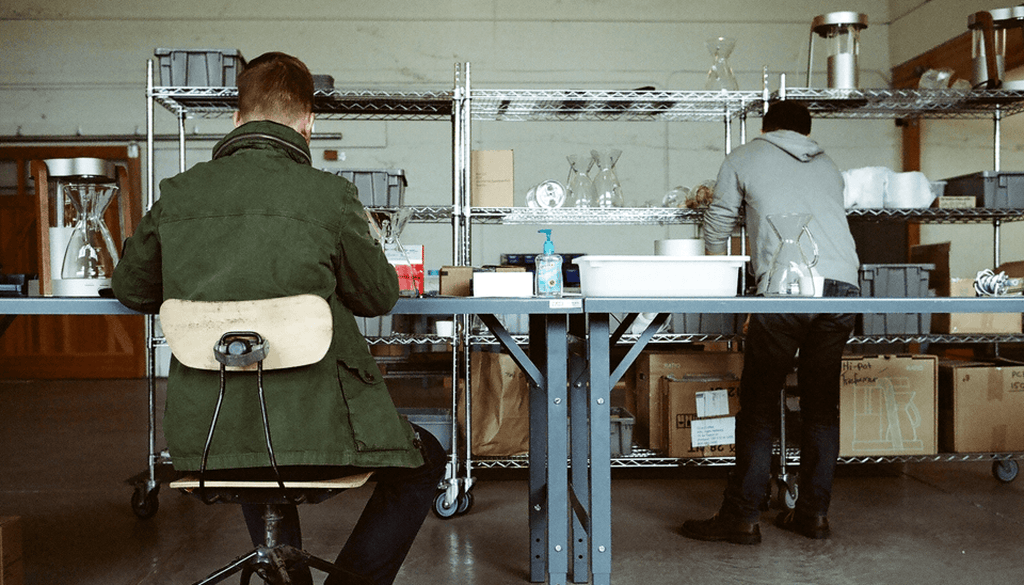About us

Armed with 3D printers and some combination of ambition and mediocrity, thousands of wantrepreneurs bring bad ideas (or good ideas executed poorly) to market year after year. With so many companies failing and more and more plastic filling our landfills, one begins to wonder - is that “Next Big Thing” really so big? Or is it even a thing? And is it more important to do something first or to do something right? Or, perhaps, to do something right at the right time? (see: Apple)
On some level, it’s all of these things. They are the ebb and flow of the free market. After every sad product launch and string of “me toos” comes a downright profound idea, or execution of an idea that goes on to become great. And in between the failures and the great disruptors is a vast selection of good enoughs.
But thankfully, there seems to be a sort of growing agreement that we could all go without more plastic stuff. And as individuals engage great design, they come to expect it - and the bar is raised. There is no better time for makers to create well-designed products (plastic or otherwise) that deliver better results with less effort in a more elegant way. Makers that believe in singularity and restraint, rather than compromise. Makers like entrepreneur and coffee enthusiast, Mark Hellweg.
“Knowledge and appreciation for coffee is huge now”, says Mark. “It hasn’t always been that way, but it certainly is now.”
Whether you thank Starbucks, Stumptown, or the cultural revitalization of everything craft, coffee is, quite literally, the most popular drug in America.
For Mark, what started as a basic appreciation in high school (while working for Starbucks) turned into a real hobby in college. During his years at university, Mark was that guy that everyone went to for a good cup of joe. He would bring beans from Portland and make coffee in his dorm room with a burr grinder and stainless steel french press. “College certainly evolved my appreciation of experience. It was a fun and romantic time - it seemed like it was always snowing in Michigan, and me and my buddies would smoke pipes with our tweed blazers while reading Beowulf. We pretended we were our own Ivy League. Our own Dead Poet's Society.”
When he wasn’t channeling his inner Professor Keating, Mark would post up at Torrefazione, a local cafe, which marked his day with a simple ritual: reading a book and watching baristas craft cup after cup of coffee with care.

Years later, while shopping for an espresso machine for his brother’s business, Mark realized that despite his appreciation of all things coffee, shopping for equipment was an experience that left much to be desired. “I was on some website with what felt like 10,000 skus. I had no idea what I was looking at, other than lots of plastic and badly designed gadgets. That experience prompted the idea to curate coffee equipment.”
“The result was Clive Coffee, which launched in September 2008. “It was three weeks before the Lehman Brothers collapse. Kind of a terrifying time.”
But with a lot of hard work and a little bit of good fortune, Clive started off well. “Cook’s Illustrated reviewed ten coffee makers in the same month as our launch, including one of the coffee makers on our site. All of the sudden, it started selling out. I had to keep driving out to the importer and buying as many machines as I could.”
In 2010, Williams-Sonoma started stocking the machine and Clive’s sales plummeted in a matter of two months. “They sucked the air out of the room,” says Mark. “Thankfully, we had diversified into a number of other machines and products by then. But the impact was felt.”That impact catalyzed a project that would become Mark’s second company: Ratio.
“The general appreciation for coffee has grown so rapidly in the past 5-7 years that the market is really ready for a better coffee maker. The person who appreciates great design and great coffee, but doesn’t always want, or have time, to spend 10 minutes on crafting a single cup. I spent a lot of time looking for it, and it didn't really exist - at least not in the way I envisioned it.”
Not the way Mark envisioned it is likely what’s sitting on your counter at home (or the kitchen at your office). You know the one - that drip coffee machine wrapped in cheap black plastic that smells of burnt beans and hangover.
